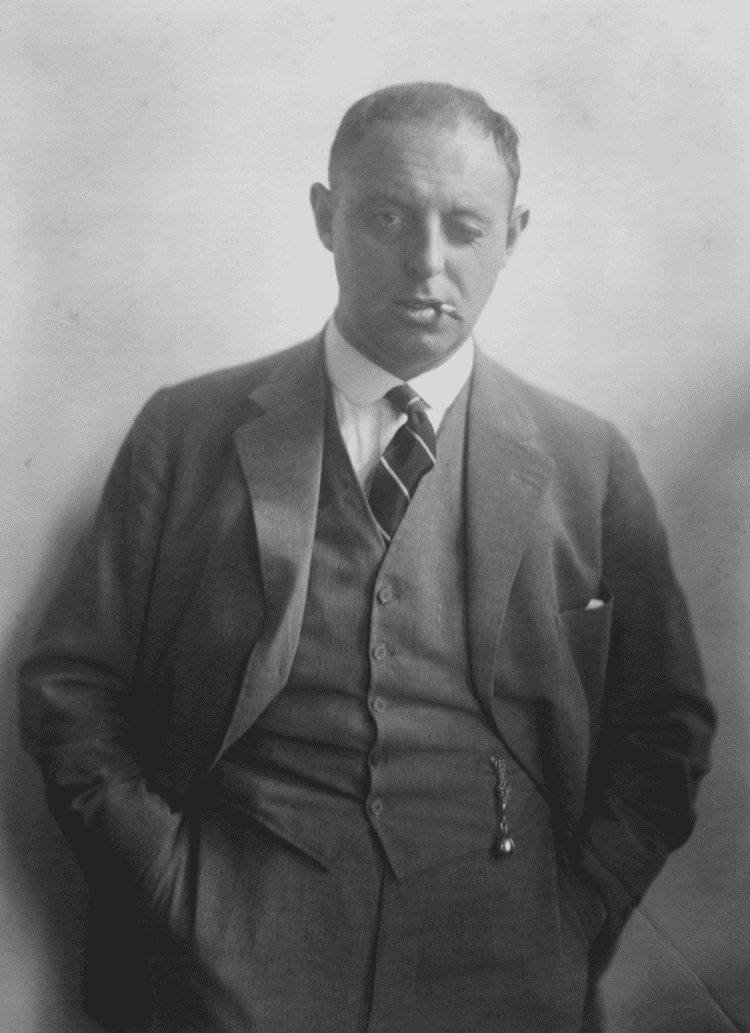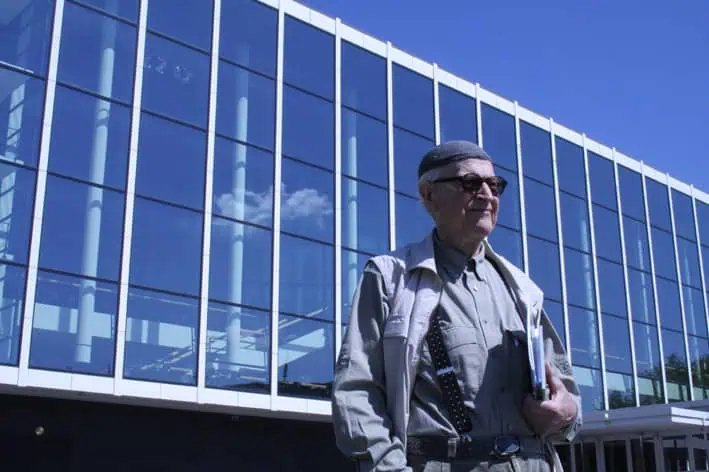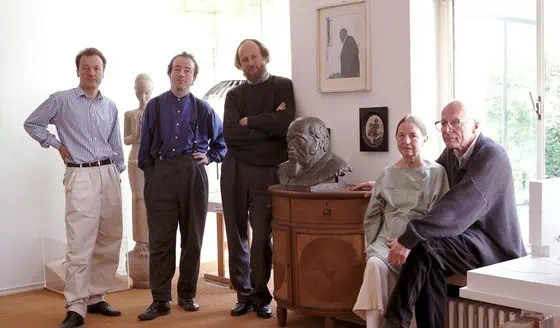That he would become an architect was almost family-related: Wilhelm Riphahn was born in 1889 in Cologne. Into a genuine construction company family – his father and grandfather were in the construction business, his mother the sister of a construction entrepreneur. Wilhelm Riphahn attended the construction trade school in Cologne and studied in Dresden, Berlin, and Munich. His teachers laid the foundation for his later stylistic development: Cornelius Gurlitt influenced the conservative historicism of Riphahn's early designs, while Bruno and Max Taut as well as Theodor Fischer represent his later inclination towards New Building and the white modernity.
At just 24 years old, Riphahn opened his first office in Cologne in 1913. His first building: the – unfortunately no longer existing – rowing club "Germania." This was followed mainly by residential developments – a construction task that occupied a key position in Riphahn's work until after World War II. In 1924, the spectacular restaurant "Bastei" was created, which seems to hover as a crystalline body above the Rhine. Riphahn is said to have called the design his "Midsummer Night's Dream" and always carried a photo of it with him until the end of his life.
After World War II, Riphahn shaped the city like hardly anyone else. Together with Rudolf Schwarz, he planned the reconstruction of Cologne. His idea was the East-West axis between Neumarkt and Rudolfplatz, which combined commercial buildings and cultural structures such as the Moeller Gallery and the British Cultural Institute – today the Cologne Art Association. And time and again, Riphahn built residential developments, now entirely in the spirit of the Bauhaus. Not necessarily to the pleasure of the then mayor Konrad Adenauer, who described them as "purely geometric products without artistic spirit."
Not only architecturally but also urbanistically, Riphahn's plans for the new opera, which was to replace the destroyed late 19th-century building, were of the greatest significance for modern Cologne. As early as 1940, he began to develop initial considerations for it, and in 1957 the significant building was inaugurated, which in the following years was complemented by the Schauspielhaus and the opera terraces to become one of the most successful ensembles of the rebuilt city. The planned partial destruction of the entire ensemble through the demolition of the Schauspielhaus and the opera terraces was prevented in 2010 by extensive civic engagement.
In 1958, Riphahn was able to realize the reconstruction of the heavily damaged Bastei on the Rhine. In 1962, the Schauspielhaus was opened, and a year later, Wilhelm Riphahn died and was buried in the Cologne Melaten Cemetery.


